Retail listing for new Samsung G9 monitor claims it can do 2000 nit HDR, a first for gaming monitors
A listing spotted on Chinese retail site Taobao might have given us a look at what an upgraded model of Samsung's flagship Odyssey G9 monitor. The new model, listed with a Quantum MiniLED panel, should be available in the next few months—and, boy, is this thing going to get bright. Like, the surface of the sun bright.
The newly listed Odyssey G9 offers a curved 49-inch VA MiniLED panel with a 5120 x 1440 resolution and a lighting fast refresh rate of 240Hz. It supports G-Sync and FreeSync, the same as the 2020 model. The big upgrades come in the form of support for Display HDR 2000, which is Samsung's branding for a panel that can hit at least 2000 nits brightness. To support the industry-wide HDR10 standard, a display must be able to output 1000 nits, which is already pretty damn bright. The current model G9 hits that threshold. The upcoming G9 is the first PC monitor we know of to hit 2,000 nits.
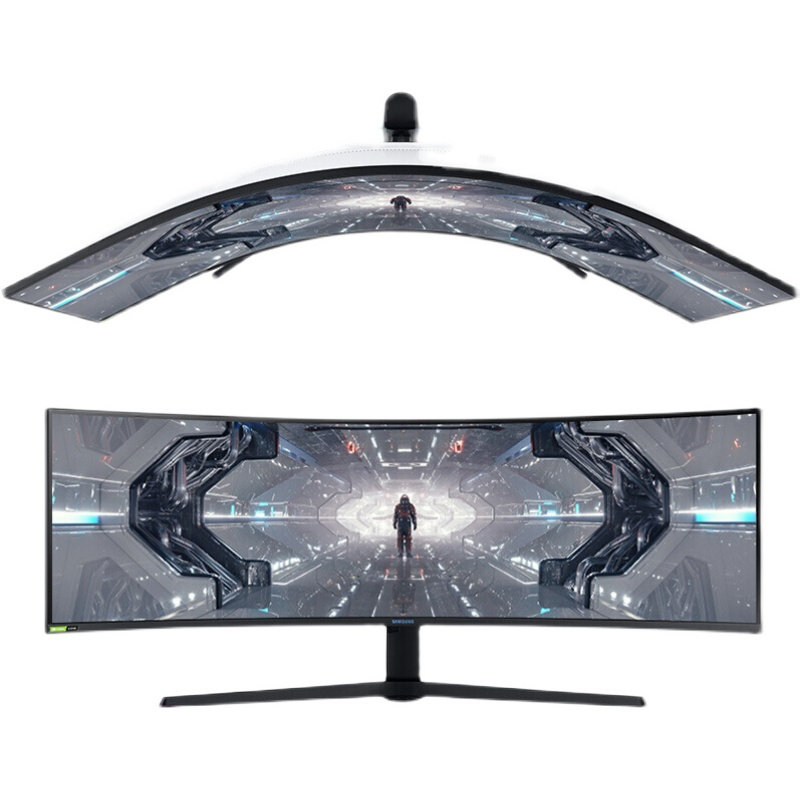
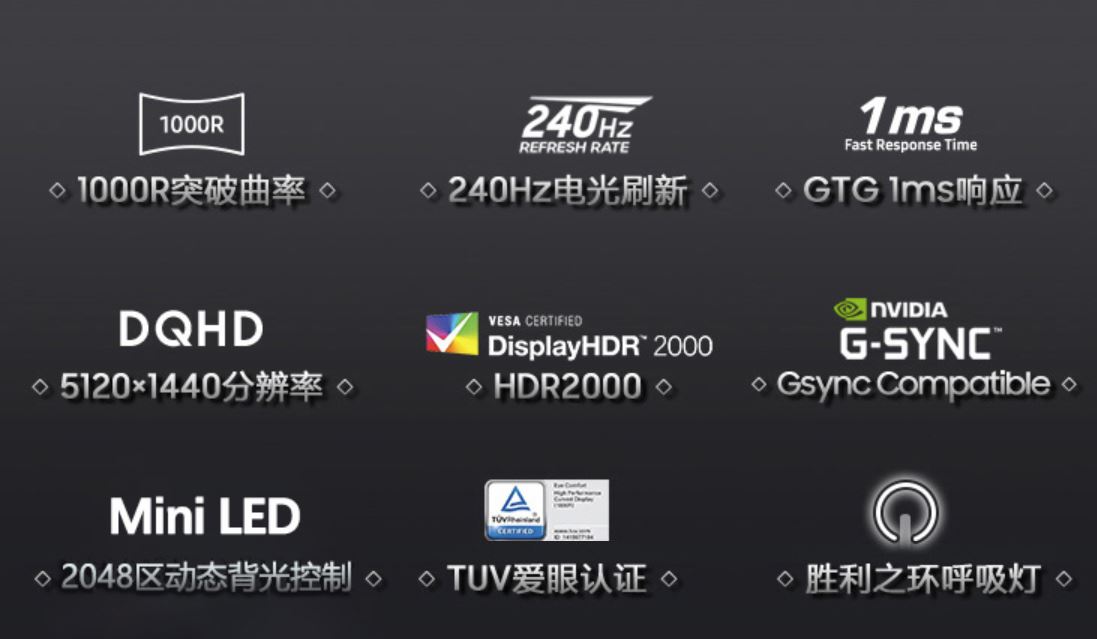
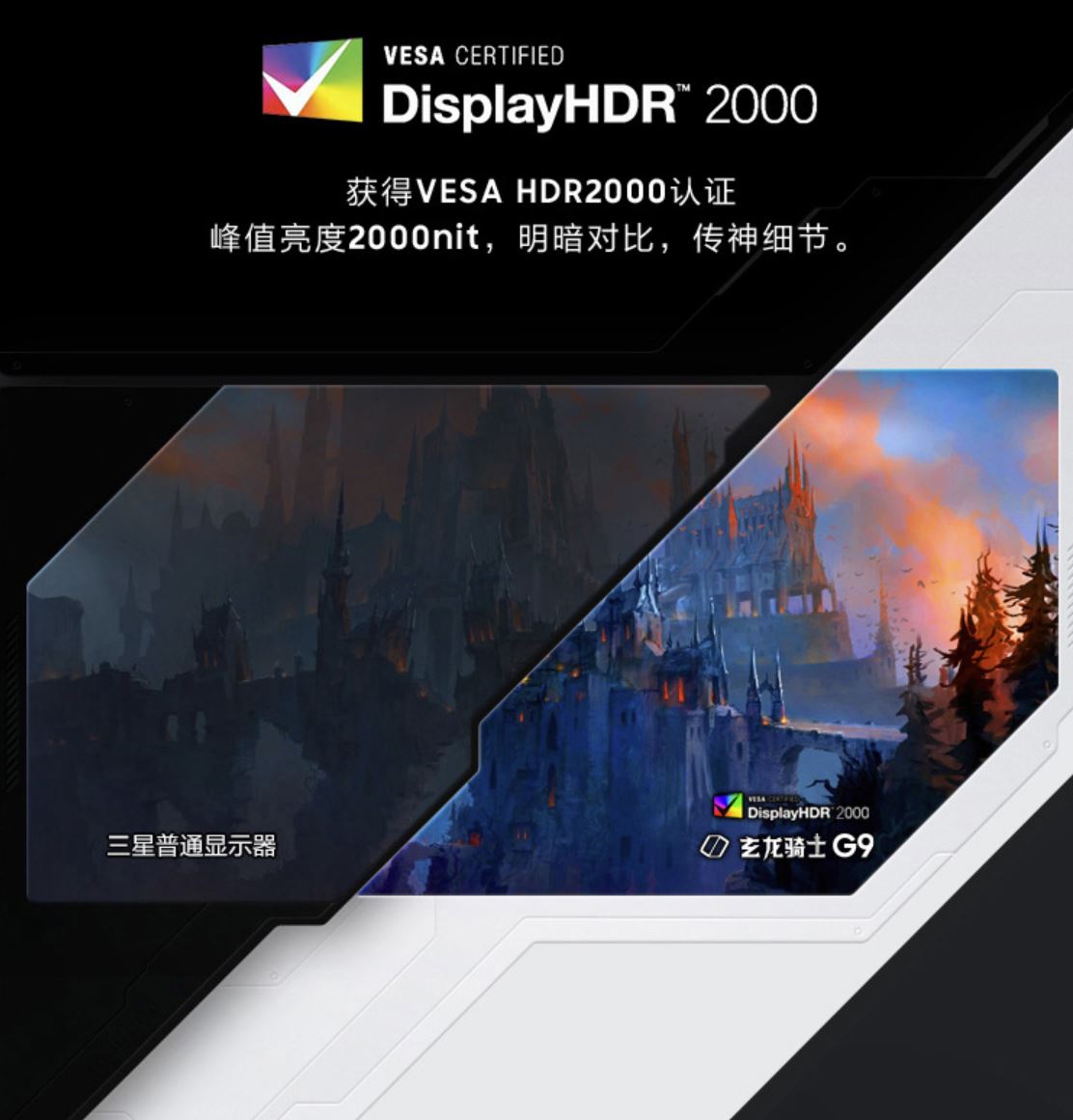
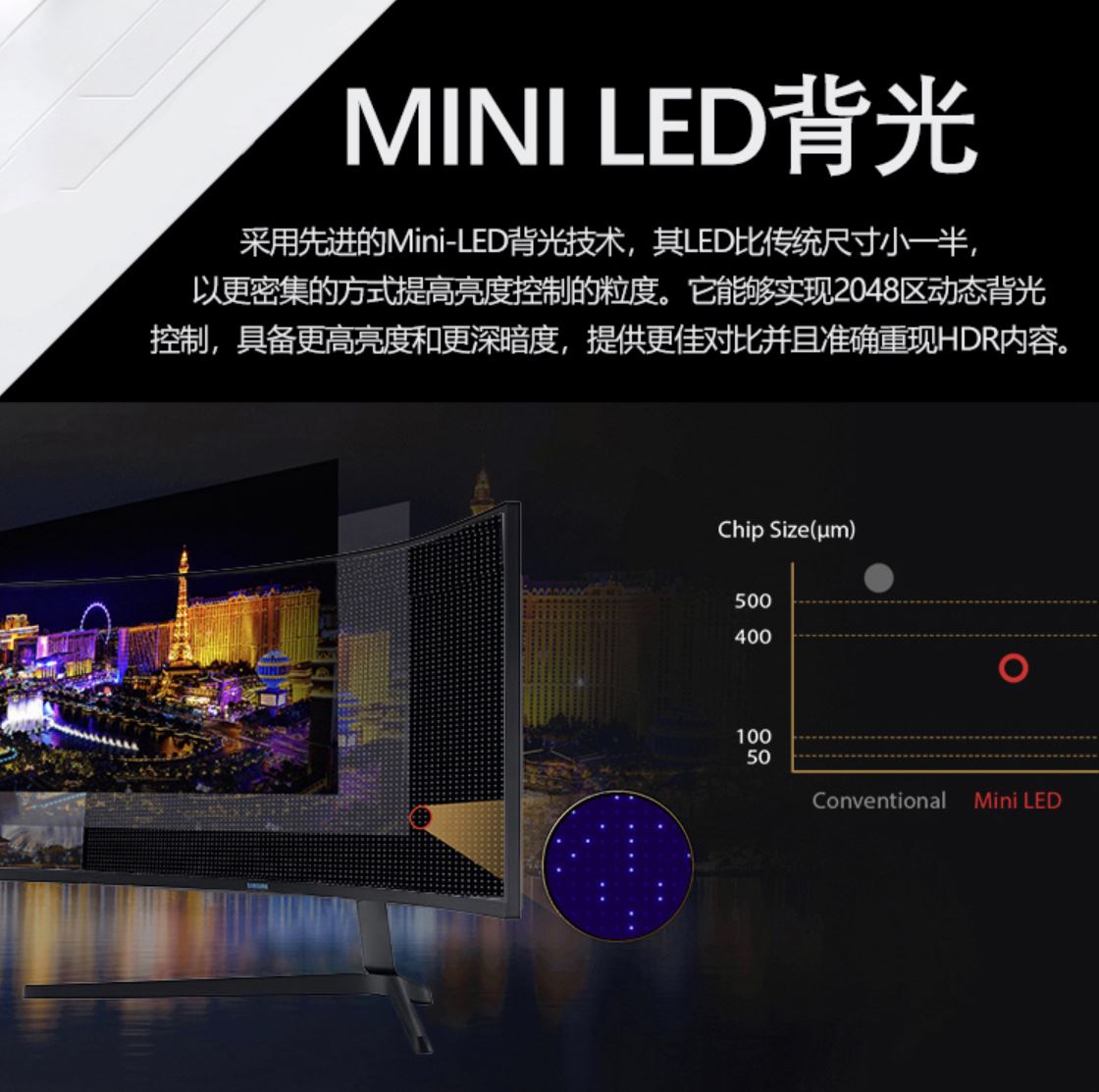
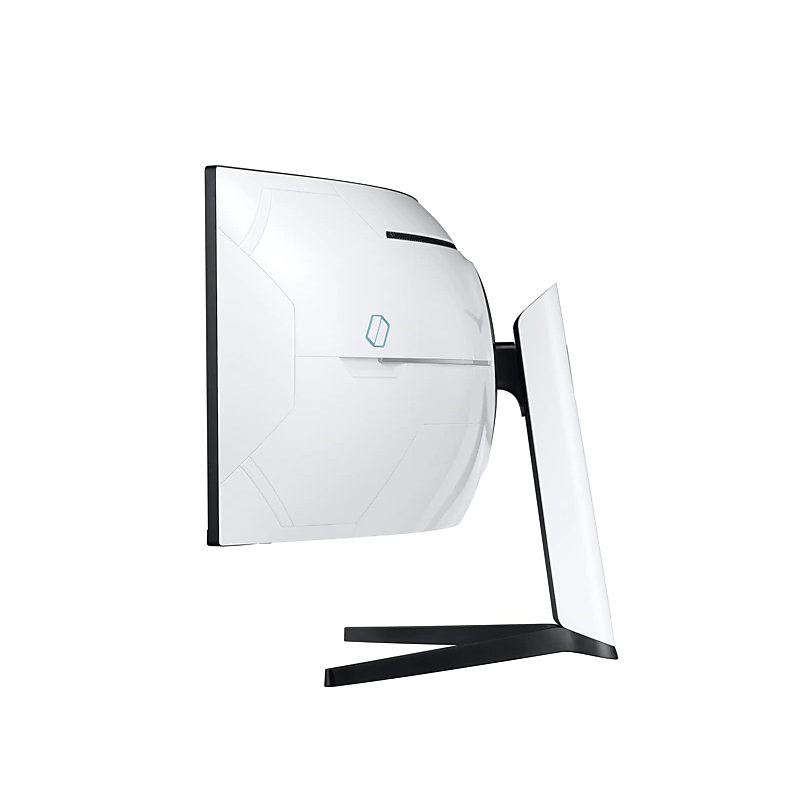
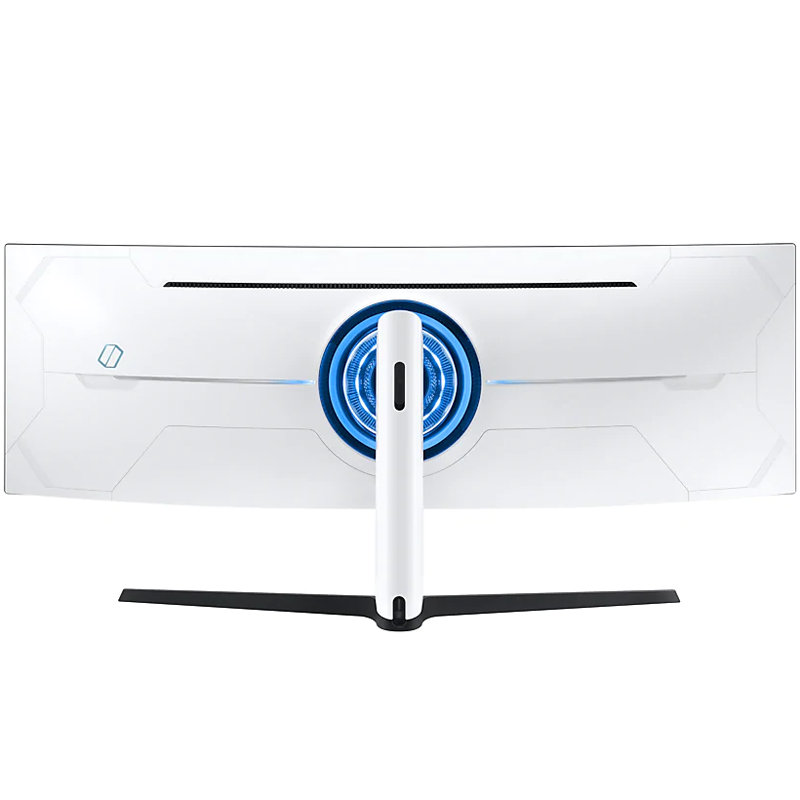
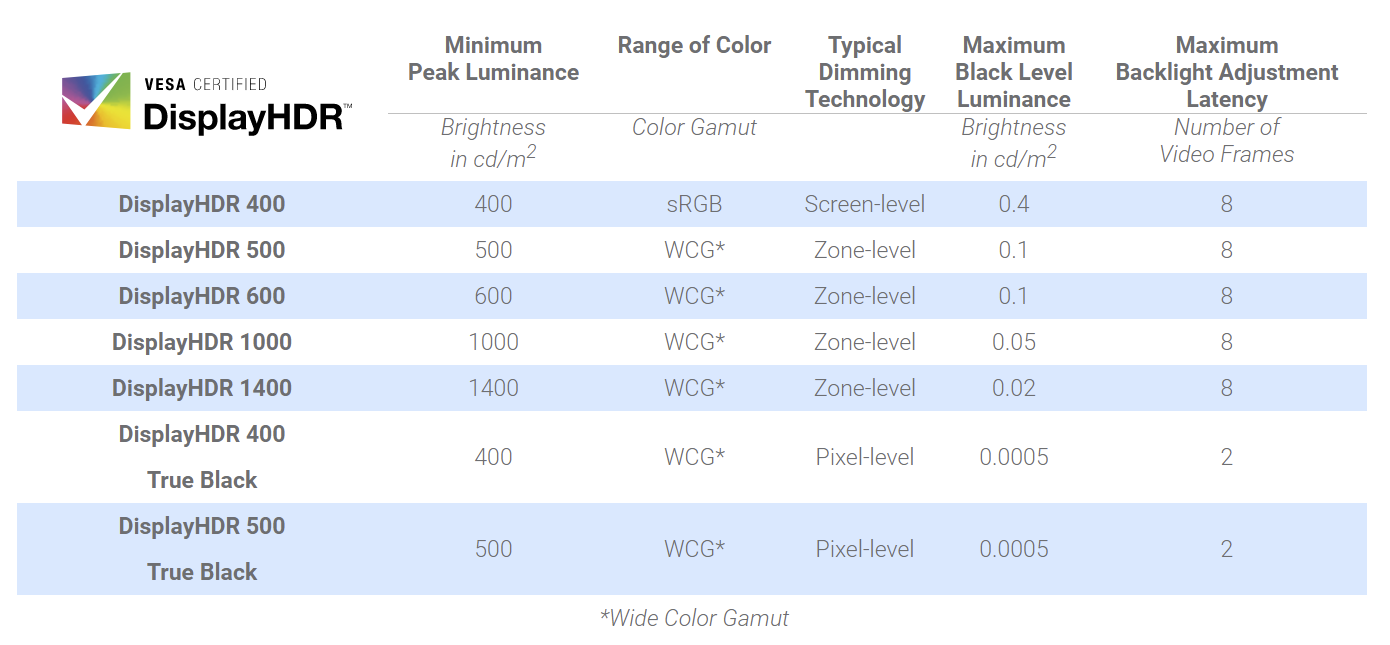
In terms of peak brightness, 2,000 nits is 'bat-signal filling the night sky' kind of bright. Brightness is important for HDR because it allows your screen to display a higher dynamic range—the difference between the darkest and brightest parts of a scene. When not displaying HDR content, the G9 won't need to be turned up anywhere close to its maximum brightness. But that max brightness does mean you should be able to play comfortably in almost any lighting conditions with no problem, glare be damned.
The 2020 model was already blindingly bright at 1000nits, so doubling that seems like a pretty big leap for a monitor you'll be sitting just a couple of feet away from. Another notable upgrade is that the 2021 model also has 2048 zones of local dimming, which help improve black levels. The same backlighting tech is commonly used in giant high-end TVs.
The monitor is currently listed at 29,999 RMB, which comes out to roughly $4,600 USD, and slated for a June release in Asia. No word on a North America or European release just yet. We reached out to Samsung about the listing, which said it had nothing to share at the moment regarding any monitor news.
from PCGamer latest https://ift.tt/3g56Key
A listing spotted on Chinese retail site Taobao might have given us a look at what an upgraded model of Samsung's flagship Odyssey G9 monitor. The new model, listed with a Quantum MiniLED panel, should be available in the next few months—and, boy, is this thing going to get bright. Like, the surface of the sun bright.
The newly listed Odyssey G9 offers a curved 49-inch VA MiniLED panel with a 5120 x 1440 resolution and a lighting fast refresh rate of 240Hz. It supports G-Sync and FreeSync, the same as the 2020 model. The big upgrades come in the form of support for Display HDR 2000, which is Samsung's branding for a panel that can hit at least 2000 nits brightness. To support the industry-wide HDR10 standard, a display must be able to output 1000 nits, which is already pretty damn bright. The current model G9 hits that threshold. The upcoming G9 is the first PC monitor we know of to hit 2,000 nits.







In terms of peak brightness, 2,000 nits is 'bat-signal filling the night sky' kind of bright. Brightness is important for HDR because it allows your screen to display a higher dynamic range—the difference between the darkest and brightest parts of a scene. When not displaying HDR content, the G9 won't need to be turned up anywhere close to its maximum brightness. But that max brightness does mean you should be able to play comfortably in almost any lighting conditions with no problem, glare be damned.
The 2020 model was already blindingly bright at 1000nits, so doubling that seems like a pretty big leap for a monitor you'll be sitting just a couple of feet away from. Another notable upgrade is that the 2021 model also has 2048 zones of local dimming, which help improve black levels. The same backlighting tech is commonly used in giant high-end TVs.
The monitor is currently listed at 29,999 RMB, which comes out to roughly $4,600 USD, and slated for a June release in Asia. No word on a North America or European release just yet. We reached out to Samsung about the listing, which said it had nothing to share at the moment regarding any monitor news.
via IFTTT

Post a Comment